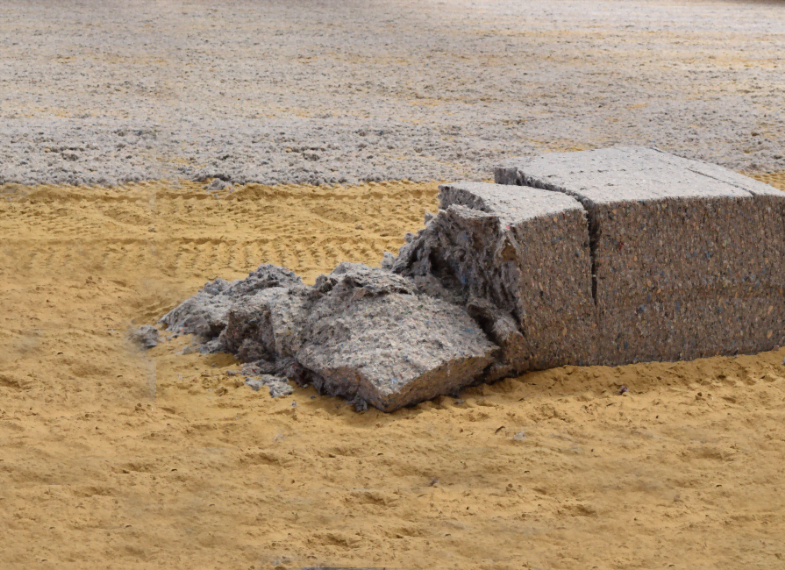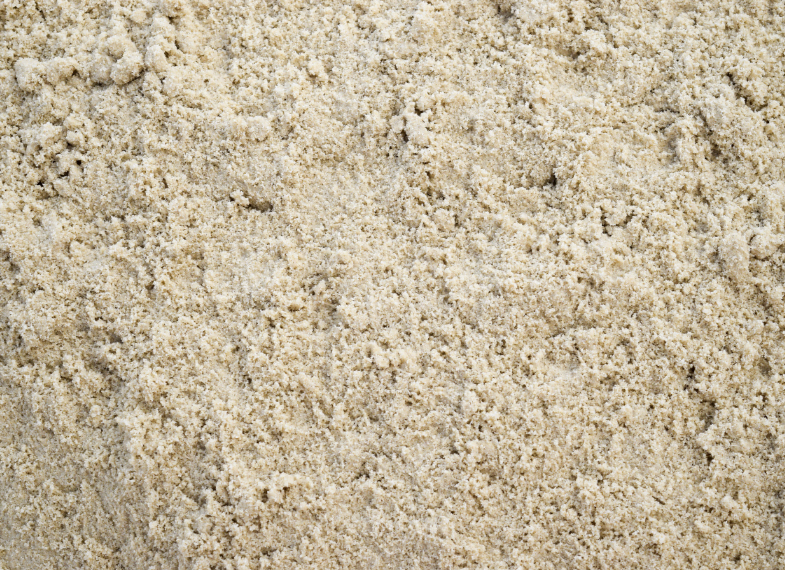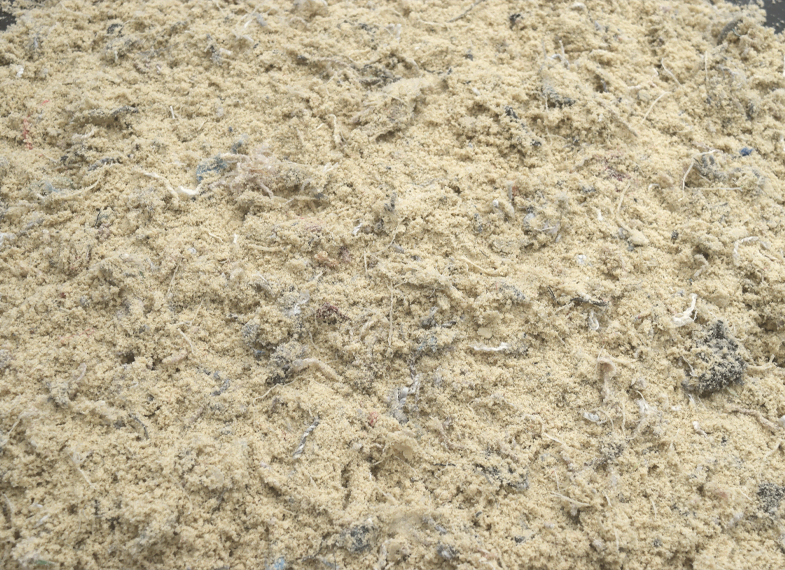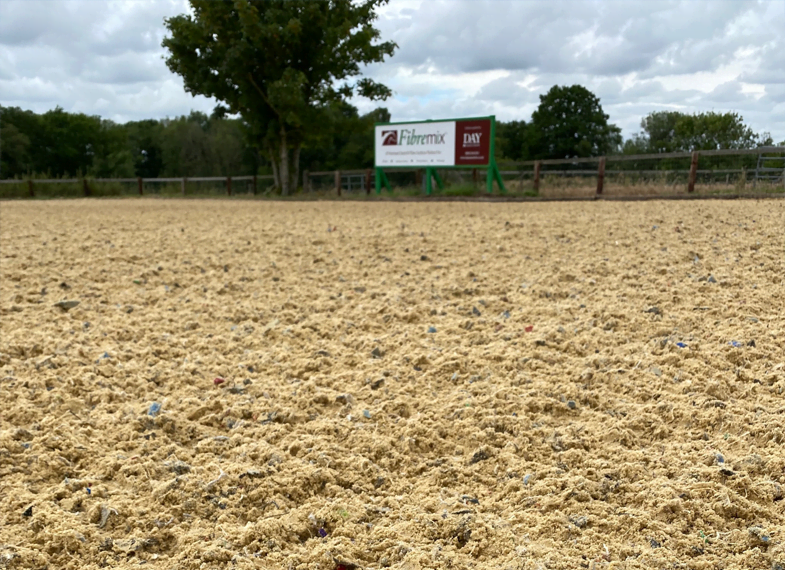Comparing Different Types of Equestrian Riding Surfaces
Selecting the appropriate equestrian riding surface is crucial for ensuring the safety and performance of both horse and rider.
With various surface types available, each with unique characteristics and benefits, it can be challenging to determine which one best suits your needs.
In this article, we’ll explore different types of equestrian riding surfaces and their advantages and disadvantages.


Sand-Based Surfaces
Sand is a common component in equestrian riding surfaces due to its affordability, availability, and versatility. However, not all sand is created equal, and the type of sand used can greatly impact the surface’s performance.
Advantages
-
Good drainage: Properly selected sand allows water to drain effectively, preventing pooling and poor conditions.
-
Wide availability: Sand is widely available and relatively inexpensive, making it a popular choice for many equestrian facilities.
Disadvantages
-
Inconsistent quality: The quality of sand can vary significantly, impacting the surface’s performance and longevity.
-
Requires regular maintenance: Sand-based surfaces require frequent watering, grading, and harrowing to maintain consistent footing and moisture levels.
-
Poor shock absorption: Sand alone provides minimal shock absorption and may require additives for improved cushioning.
If you wish to pursue sand as a riding surface for your arena, we would highly recommend appointing an equestrian sand specialist to ensure you get the right, high-quality sand needed for horse riding.
Synthetic Surfaces
Synthetic surfaces combine sand with various synthetic materials, such as fibres, rubber, and additives like wax or polymer coatings. These surfaces have gained popularity due to their enhanced performance and reduced maintenance requirements.
Advantages
-
Improved stability and cushioning: The addition of synthetic fibres or rubber added as a topper can increase the surface’s stability, cushioning, and shock absorption.
-
Consistent performance: High-quality synthetic surfaces offer more consistent footing and performance across a range of weather conditions.
Disadvantages
-
Higher initial cost: Synthetic surfaces can be more expensive to purchase than sand-based surfaces due to the cost of the synthetic materials and additives.
Whilst it’s true that sand and fibre blends are more expensive than non-blended options, we would highly recommend them as a surface; their advantages speak for themselves. We offer a range of different fibre blends, such as Fibremix™ and Fibrewax®.


Conclusion
In conclusion, the ideal equestrian riding surface depends on factors such as budget, maintenance capabilities, riding discipline, and personal preferences.
Sand-based surfaces are affordable and widely available but require regular maintenance and may lack shock absorption; we highly recommend that sand is not used as a standalone riding surface.
Synthetic surfaces offer improved stability, cushioning, and reduced maintenance.
Careful consideration of these factors will help you select the most suitable surface for your equestrian needs.
